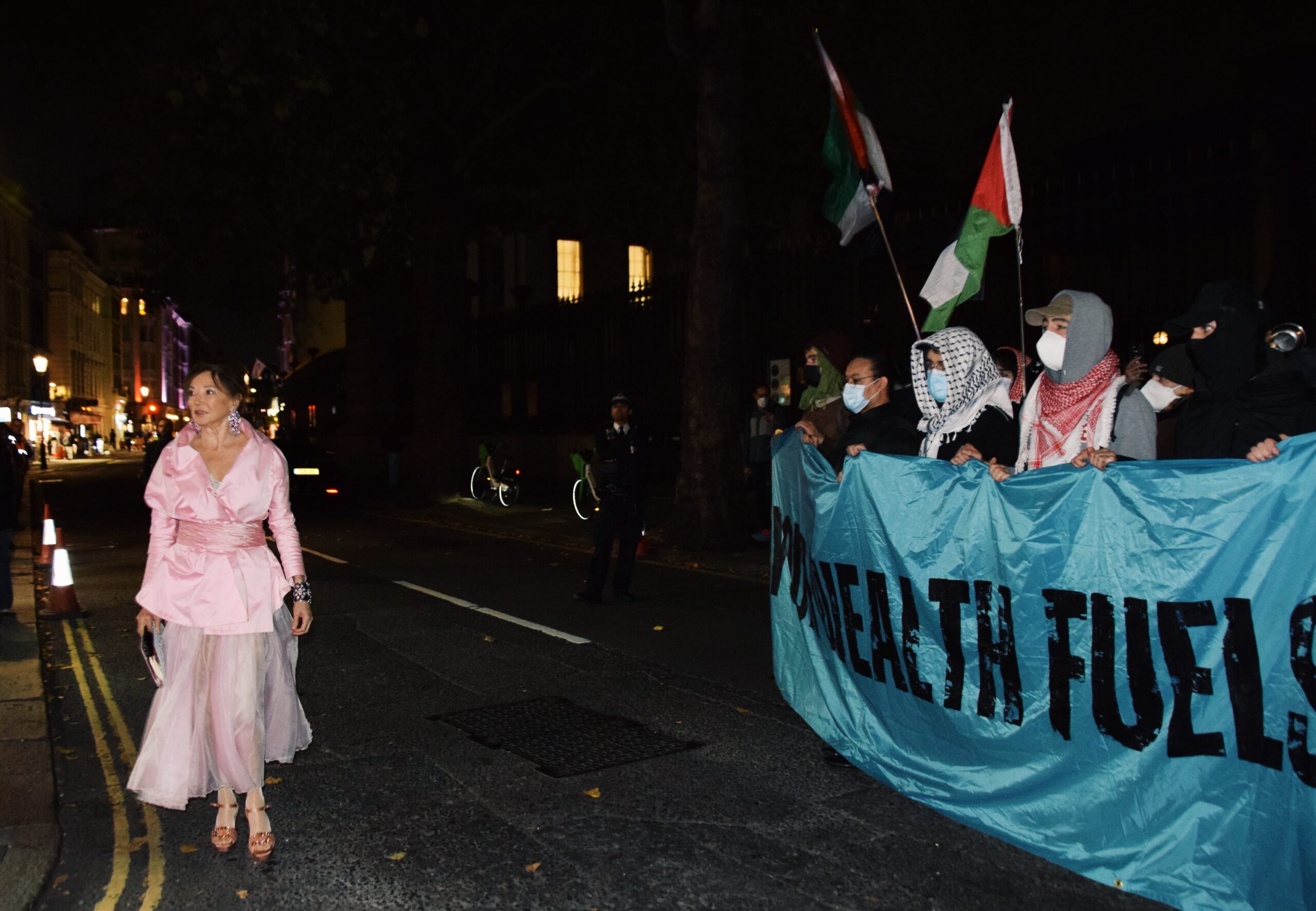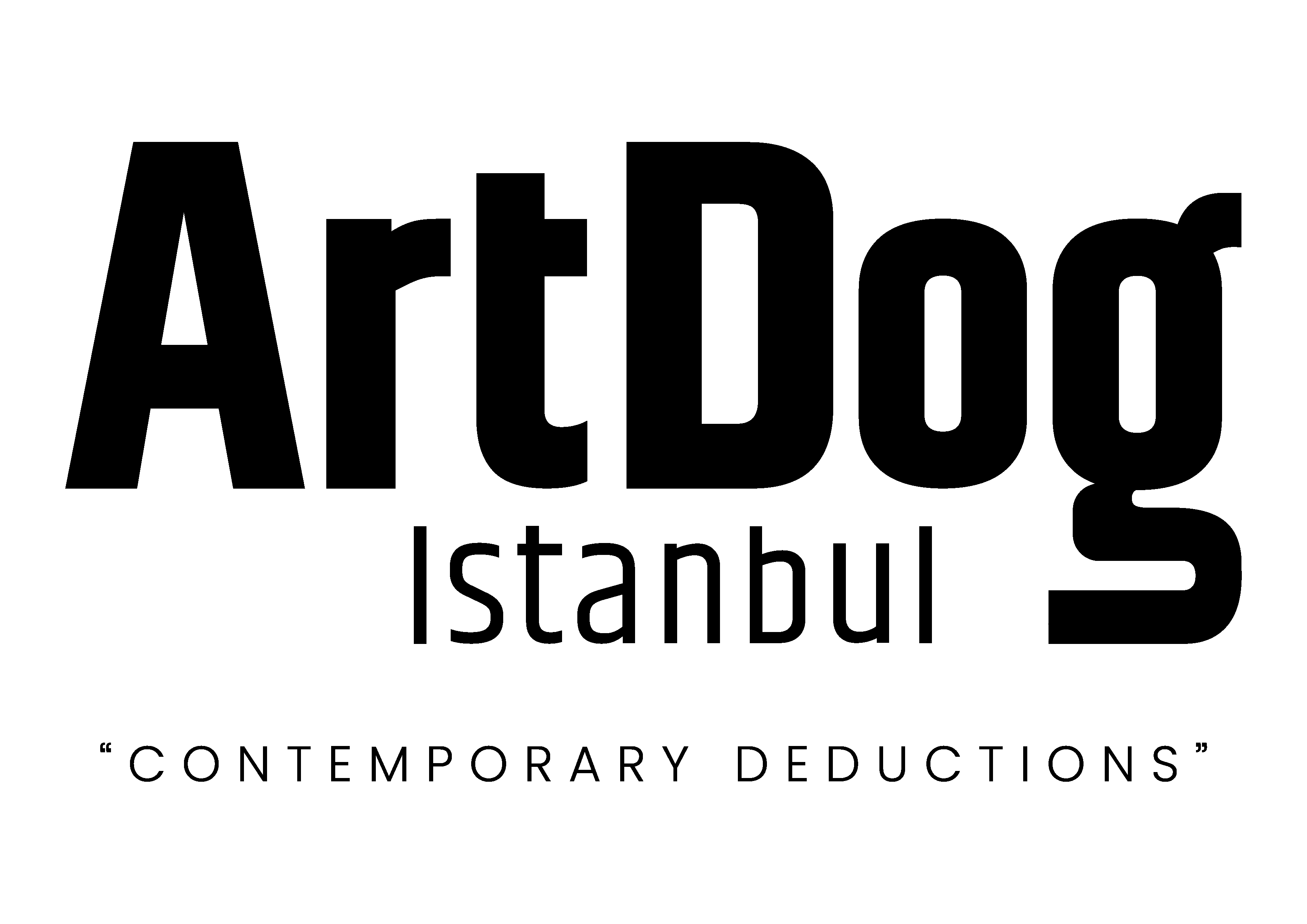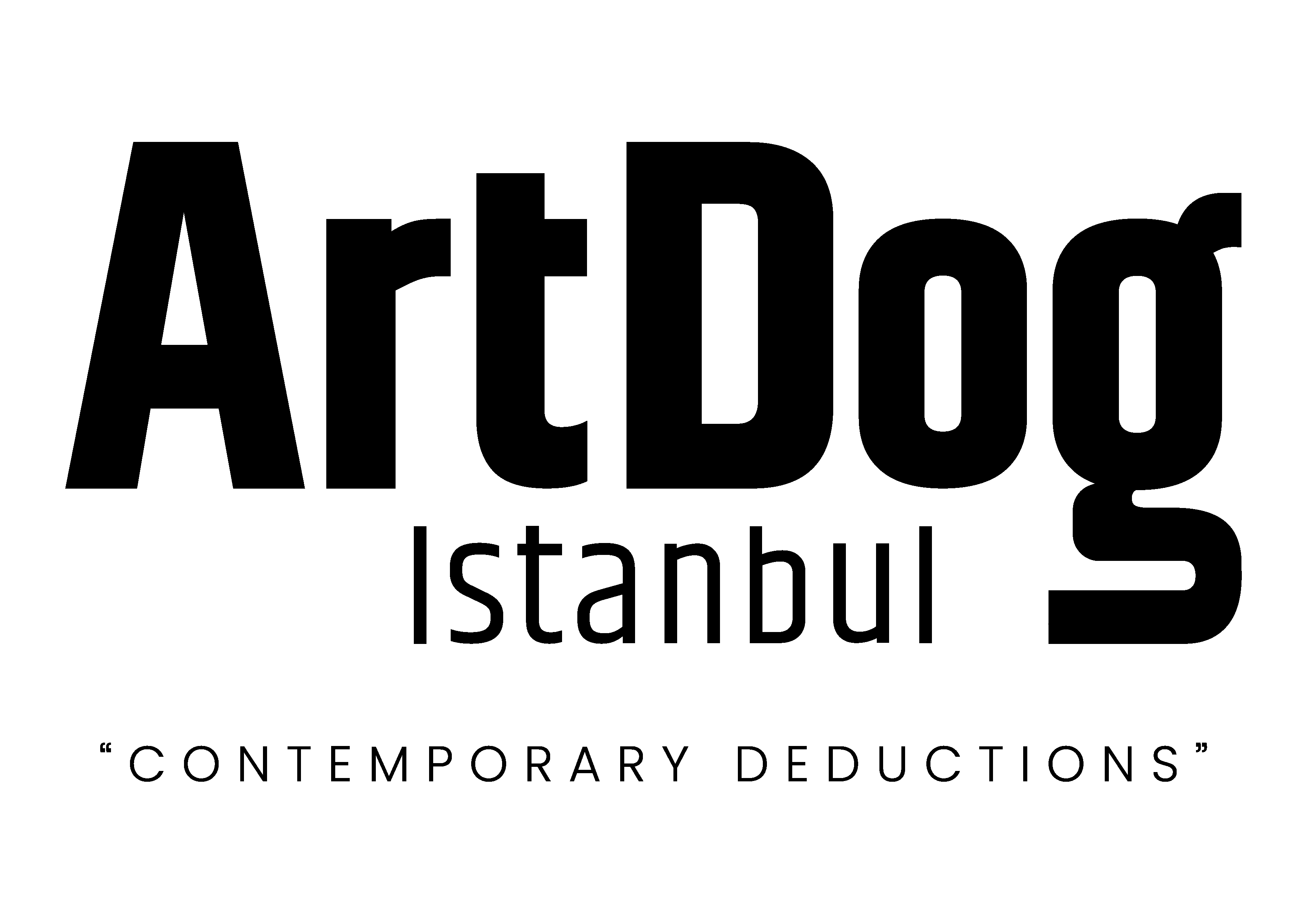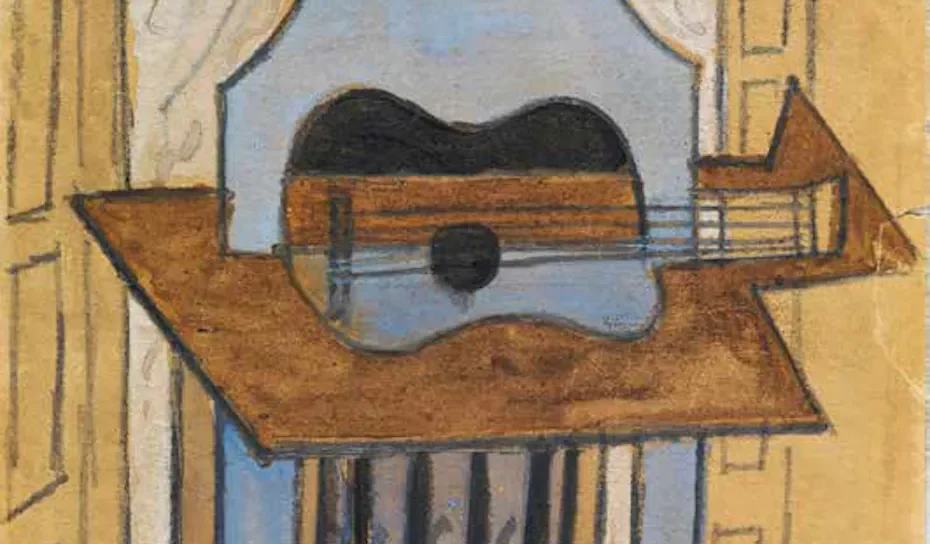The British Museum’s historic halls became the stage for a night where art, wealth, and spectacle collided—rekindling ethical debates about power and patronage. With BP’s sponsorship, fossil fuel ties, and Gaza protests looming in the background, the event exposed the fragile boundary between prestige and conscience in the museum world.
On October 18, 2025, the British Museum—an institution that has hosted countless cultural icons throughout history—transformed into a dazzling arena of luxury and influence. The Pink Ball, a £2,000-a-ticket gala attended by 900 guests, brought together celebrities such as Naomi Campbell, Mick Jagger, Sacha Baron Cohen, and Sir Grayson Perry, all dressed in India-inspired pink attire. Princess Eugenie and Princess Beatrice withdrew after renewed scrutiny over Prince Andrew’s links to Jeffrey Epstein.
Pink Lights and the Paradox of Wealth
Behind the rosy glow lay sharp contradictions. Co-chair Isha Ambani’s family conglomerate, Reliance Industries, operates in oil, gas, and surveillance; the museum, meanwhile, maintains a decade-long £50 million sponsorship with BP—effectively trading cultural prestige for corporate cleansing.
That hypocrisy came to light—literally—when a waiter interrupted the evening’s smooth luxury by raising a “Drop BP” banner on stage. Outside, members of Energy Embargo for Palestine and other activist groups gathered in protest of both the museum’s fossil-fuel sponsorship and Israel’s actions in Gaza. “Gaza shows how elites exploit crises to justify destruction,” said one demonstrator. Simultaneously, Greek Culture Minister Lina Mendoni denounced the use of Parthenon Marbles as part of the gala décor as an act of “provocative indifference.”
More than a charity event, the Pink Ball epitomized the financial and ethical dilemmas facing British museums. As public funding wanes, institutions increasingly rely on American-style private patronage—a system that often allows the wealthy to purchase prestige without accountability. Cullinan’s gala became both symbol and symptom of this trend: the museum drew donations and attention while skirting the moral limits of cultural sponsorship.

Art, Resistance, and Debate
Amid the glitter, resistance found its voice. On stage, musician M.I.A. quipped, “All I wanna do is take your money… that’s what the museum says about BP,” turning her performance into a biting critique. The evening also featured Anoushka Shankar and the Jules Buckley Orchestra, singer Tom Odell, a silent auction including a Tracey Emin portrait, and private tours with classicist Dame Mary Beard.
For a few hours, pink light bathed ancient artifacts, merging spectacle with symbolism. Yet it was the protesters and their chants outside who gave the night its lasting meaning. The British Museum Pink Ball became a microcosm of London’s cultural elite—where art, wealth, and power intersect under the uneasy glow of ethical compromise. In the end, the questions it raised about justice, responsibility, and representation outshone even the brightest pink lights.







